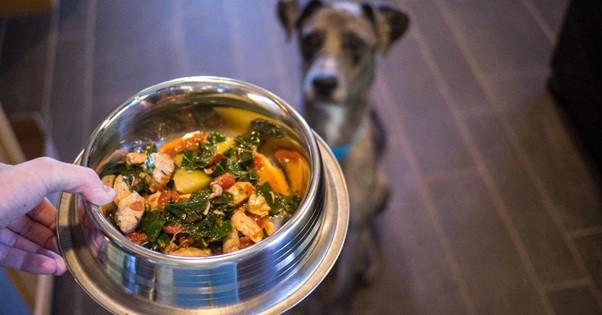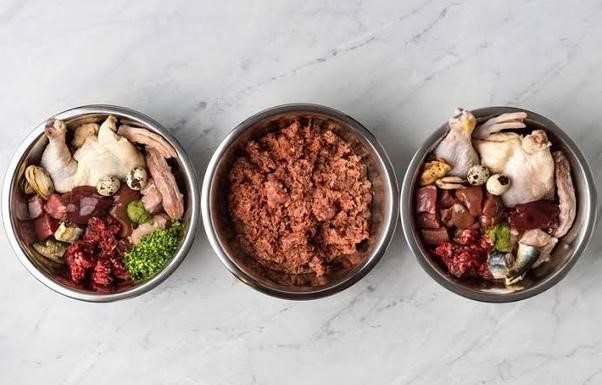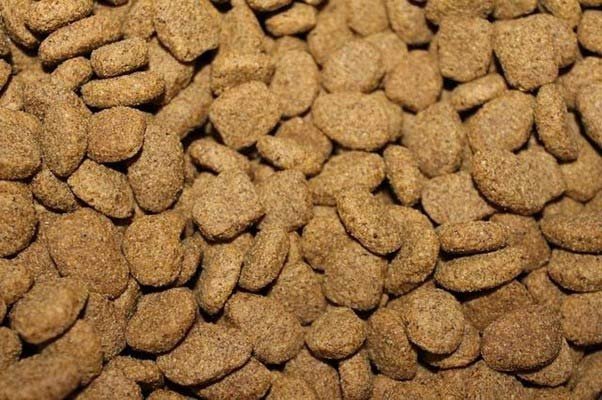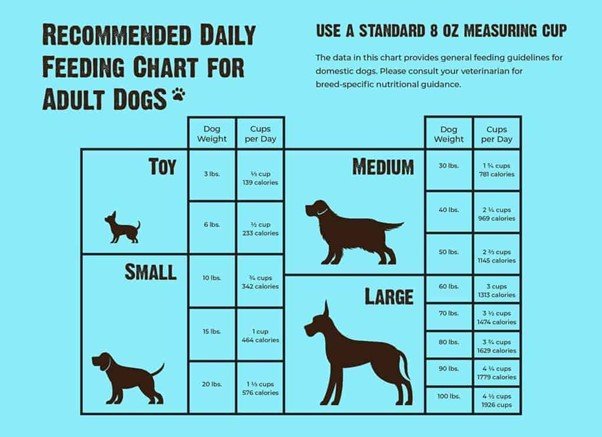How to Safely Transition Your Dog To A Low Carb Diet
From Old to New: The Right Way to Transition Your Dog To A New Diet
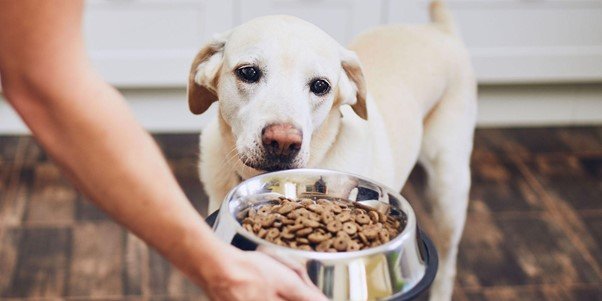
The dietary needs and preferences of our canine companions can shift and evolve over time. But have you ever paused to consider what might drive such changes in your dog’s diet?
Perhaps you’ve noticed subtle hints—like them itching more than usual—or maybe it’s something more evident, such as them reaching a senior age or facing a specific health challenge.
From allergies and aging to health concerns and even changes in brand availability, there are myriad reasons why one might need to adjust what goes into their dog’s food bowl. But before diving headfirst into a dietary change, it’s crucial to understand the importance of transitioning foods gradually.
After all, we all want the best for our pets, and their digestive comfort is paramount. Let’s explore the factors at play and how to ensure a smooth and safe transition for your dog.
Why a Gradual Transition is Essential
So, you’ve decided to make a change in your dog’s diet. That’s commendable and shows you’re a proactive pet parent. But, before you dive in, let’s chat about the ‘how’.
Understanding the Dog's Digestive System
Firstly, it’s worth noting that our furry friends have a more sensitive digestive system than we might think. They’re designed to process certain foods in specific ways.
While dogs can be surprisingly adaptable, their stomach and intestines can still react negatively if introduced to a new food too quickly.
Think of it as switching from a regular diet to an exotic cuisine overnight—your stomach might have a thing or two to say about it!
The Risks of a Hasty Switch
Jumping straight into low carb dog foods without a proper transition can have a range of consequences for your dog. These can include:
Diarrhea: Rapid diet changes can upset the balance in your dog’s gut, leading to loose stools.
Vomiting: Dogs might not tolerate a sudden new ingredient, resulting in nausea and vomiting.
Food Refusal: Ever offered a new treat only to see it snubbed? Dogs can be wary of unfamiliar foods. A sudden change can make them more skeptical and hesitant to eat.

Digestive Discomfort: Beyond the visible symptoms, an abrupt diet change can cause internal discomfort, gas, and bloating for your pet.
Nutritional Imbalances: While all commercial dog foods are designed to be nutritionally complete, they aren’t identical.
A sudden swap can mean that your dog might miss out on certain nutrients before their system adapts, potentially leading to deficiencies in the short term.
Behavioral Changes: Changes in diet can sometimes influence behavior. A dog experiencing stomach discomfort might become irritable, less playful, or show signs of anxiety.
Allergic Reactions: Even if the primary reason for the diet change isn’t an allergy, a new food might introduce an ingredient that your dog hasn’t encountered before, which can trigger allergic reactions.
These can manifest as skin issues, ear infections, or respiratory concerns.
Weight Fluctuations: Caloric content can vary between dog food brands and types. An abrupt switch without adjusting portion sizes can lead to unexpected weight gain or loss.
Metabolic Disturbances: Some foods can impact how the body processes sugars, fats, and other metabolic pathways. Rapid changes can cause short-term disturbances in these processes.
Factors to Consider Before Switching
Alright, so you’re armed with knowledge about the need for a gradual transition. But before diving into the ‘how-to’ of switching foods, let’s step back for a moment and consider the ‘why’ and ‘when’.
Every dog is an individual, and just as we wouldn’t opt for a one-size-fits-all approach in many aspects of their care, their diet is no exception. Let’s break it down.
Age, Breed, and Health Status
Think about this: a spry young border collie will have different nutritional needs than a senior dachshund. Age can dictate things like protein needs, calorie counts, and even how much food is needed at mealtime.
Likewise, breed-specific nuances—like a predisposition to hip dysplasia or heart issues—might influence dietary choices. And let’s not forget their current health status.
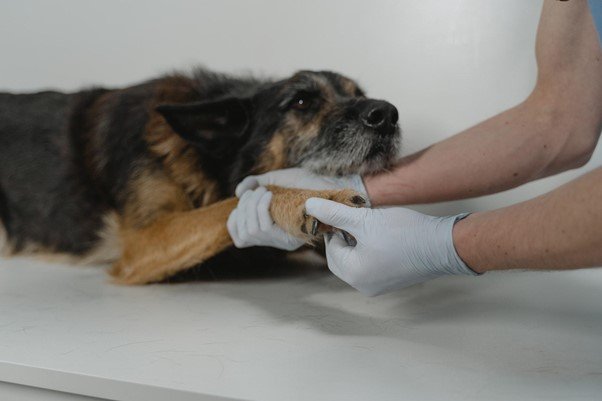
If your pup’s been battling an ailment, recovering from surgery, or even just feeling under the weather, it can be a game-changer for dietary decisions.
Allergies or Food Sensitivities
Just as some of us can’t tolerate lactose or gluten, our dogs can have their own list of dietary no-nos. And it’s not always obvious. You might have seen signs like excessive scratching, redness, or even gastrointestinal upsets.
These can all be flags signaling a food sensitivity or allergy. Recognizing and responding to these signals is paramount.
Consult with the Pros
Remember that friend who swears by a new health trend every week? While personal anecdotes can be heartwarming and occasionally insightful, when it comes to your dog’s health, nothing beats professional advice. This is where your vet comes into play.
Vets have a wealth of knowledge and experience to guide your decisions, ensuring that any diet switch is not only safe but beneficial. Think of them as your canine’s personal nutritionist!

The Step-by-Step Transition Process
Okay, now that we’ve laid the groundwork, let’s dive into the heart of the matter: the actual transition. Think of this process as a well-choreographed dance.
It’s methodical and deliberate, and when done right, everything flows smoothly. Here’s a simple, day-by-day breakdown to ensure your pet’s switch is harmonious and hiccup-free:
Day 1-3: The Gentle Introduction
For the first few days, think of this phase as letting your dog dip their toes (or paws) in the water.
Start with serving 75% of their familiar, old food and sprinkle in 25% of the new food. This gentle mix ensures your dog gets a taste of the new flavor without shocking their system.
Day 4-6: Achieving Balance
By now, your furry friend should be getting accustomed to the new taste. It’s time to level the playing field. Serve a balanced mix: 50% of the old food coupled with 50% of the new food.
This halfway point is where the magic happens as they start truly adjusting to the new dietary change.
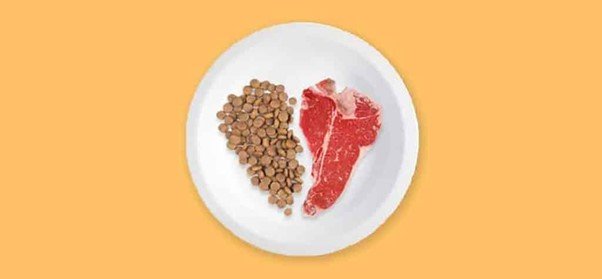
Day 7-9: The Home Stretch
You’re almost there! At this stage, the scales tip in favor of the new diet. Use 25% of the old food, bolstered by a hearty 75% of the new food. This phase is crucial as it solidifies the transition, ensuring your dog’s system is syncing up well with the new diet.
Day 10: The Grand Finale
It’s time for the curtain call. Serve a full plate of 100% new food. By now, the transition should be seamless, and your dog should be enjoying their new diet without any discomfort.
A Quick Note
It’s essential to remember that each dog is unique, so too might be their transition process. Keep a close eye on how your pet reacts, and don’t hesitate to stretch out a phase if you feel they need more time. Always prioritize their comfort and well-being.
Conclusion
Changing your dog’s diet is more than just swapping out food—it’s a thoughtful process that prioritizes their health and comfort.
With the right knowledge and approach, you’re not just ensuring a smooth dietary transition but also investing in their long-term well-being. Remember, every meal matters. Here’s to making each one count for our four-legged friends.
How to Safely Transition Your Dog To A Low Carb Diet Read More »
